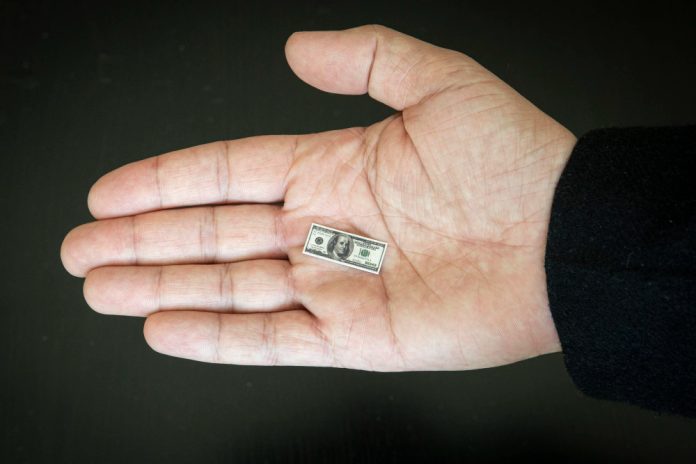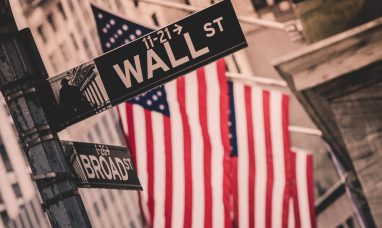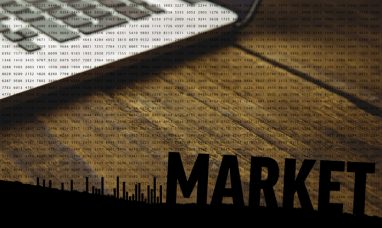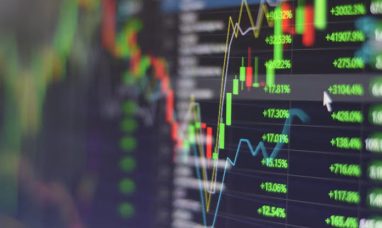In December, the deceleration of inflation continued, marking a progression towards an economic ‘soft landing.’ This development is gaining increased attention, particularly as President Joe Biden gears up for re-election, with the performance of the economy likely to play a pivotal role in the electoral landscape.
According to the latest government report released on Friday, the Federal Reserve’s preferred inflation indicator exhibited a further cooling trend. Prices inched up by only 0.2% from November to December, a pace reminiscent of pre-pandemic levels and just slightly above the Fed’s annual target of 2%. Year-on-year, prices increased by 2.6%, mirroring the previous month’s figures.
When excluding the impact of volatile food and energy costs, prices also experienced a marginal 0.2% month-to-month rise. On a year-over-year basis, the “core” prices, considered by economists as a more reliable gauge of inflation, increased by 2.9% in December. This represents the smallest uptick since March 2021.
The mild inflation data released on Friday followed a day after reports revealed that the economy had expanded at a surprisingly robust 3.3% annual pace in the last quarter of the preceding year. The growth was predominantly driven by solid consumer spending, culminating in a 2.5% overall growth for the year 2023, an improvement from the 1.9% recorded in 2022.
Critics of President Biden, particularly those from the Republican camp, had previously emphasized the significant inflation spike, attributing it largely to the administration’s spending policies. However, with inflation showing a notable decline after an extended period of subdued consumer sentiment, there are indications that Americans are becoming more optimistic about the economic outlook. Notably, a University of Michigan measure of consumer confidence has recorded its most substantial increase in the past two months since 1991.
The latest data suggests that the economy is achieving a challenging “soft landing,” characterized by a return of inflation to the Fed’s 2% target without the occurrence of a recession. This outcome could pave the way for the Federal Reserve to contemplate reducing its key interest rate, which had been raised 11 times since March 2022 in an effort to combat inflation. Higher interest rates had previously impacted home and auto sales by elevating borrowing costs, with businesses also feeling the strain.
In December, the Federal Reserve’s policymakers projected three quarter-point rate cuts for the upcoming year. However, the timing of the first cut remains uncertain. Despite earlier expectations in the financial markets that a rate cut might occur in March, some Fed officials, including Christopher Waller, a key figure on the Fed’s Board of Governors, have cautioned against hasty decisions. Waller emphasized that any decision to cut rates should be “carefully calibrated and not rushed,” signaling a potential downgrade in the likelihood of a March cut.
Many economists attribute the cooling of demand and the slowdown in inflation to the Federal Reserve’s series of sharp rate hikes, which raised its benchmark rate from near zero to about 5.4%, concluding with the most recent hike in July. Conversely, rate cuts by the Fed are expected to eventually result in lower borrowing costs for consumers and businesses.
The inflation data released on Friday indicated a lower level compared to the most recent consumer price index, released earlier in the month, which reported inflation at 3.4% in December. The discrepancy is partly due to the consumer price index placing greater emphasis on housing and rents, which tend to have higher prices compared to many other goods and services.
Throughout 2023, inflation exhibited a steady decline as global supply chains recovered from pandemic-related disruptions, and more Americans reentered the workforce, contributing to a slowdown in wage growth. Slower-rising wages alleviated the pressure on businesses to raise prices in order to offset higher labor costs. According to the Fed’s preferred measure, inflation reached its peak at 7.1% in June 2022.
Featured Image: Freepik
















